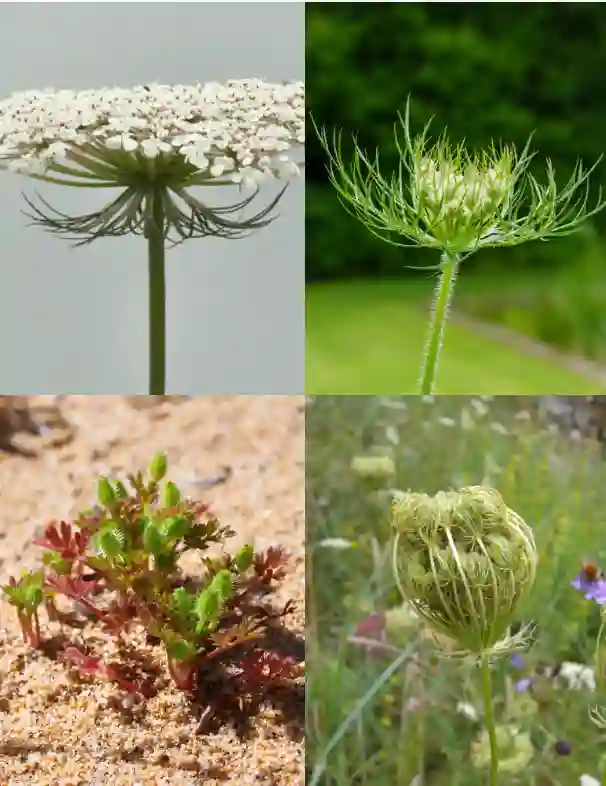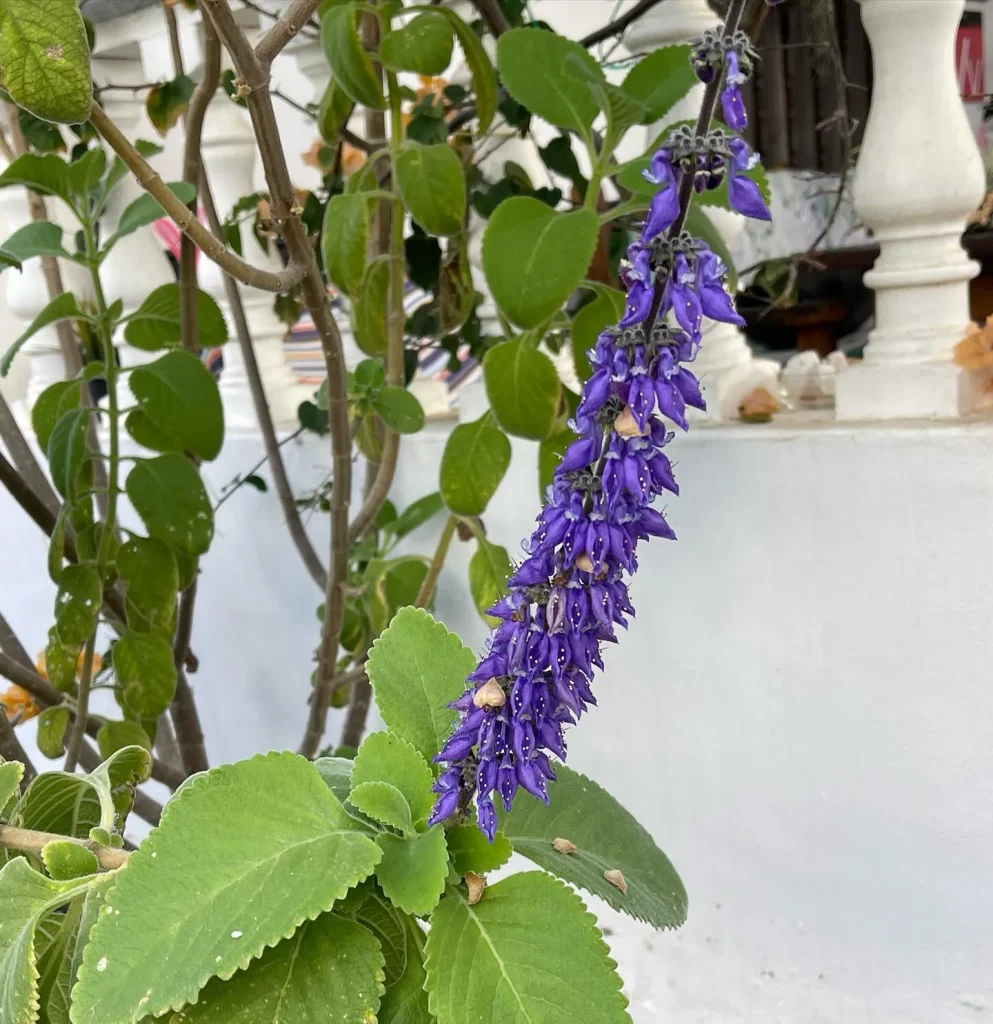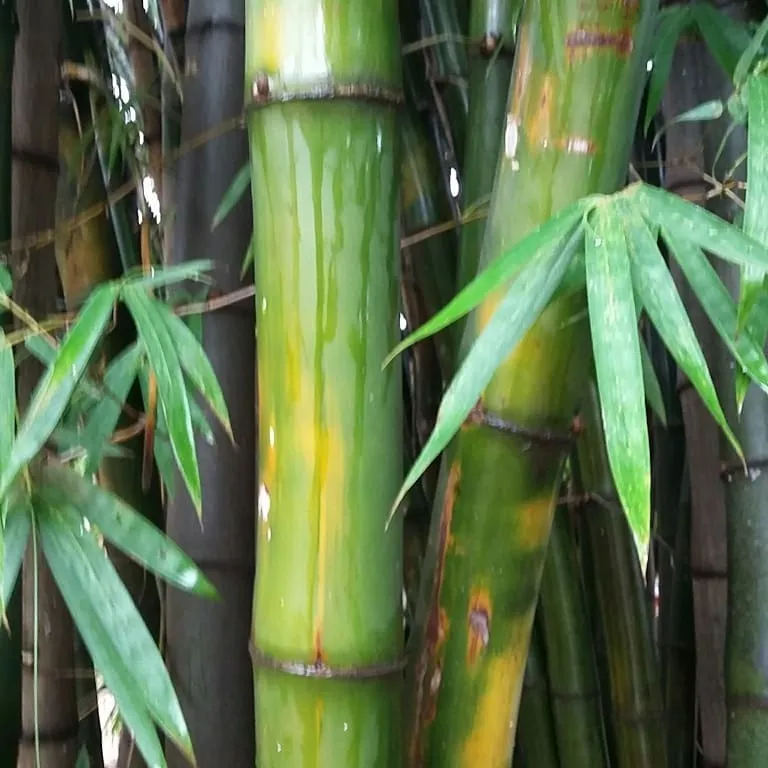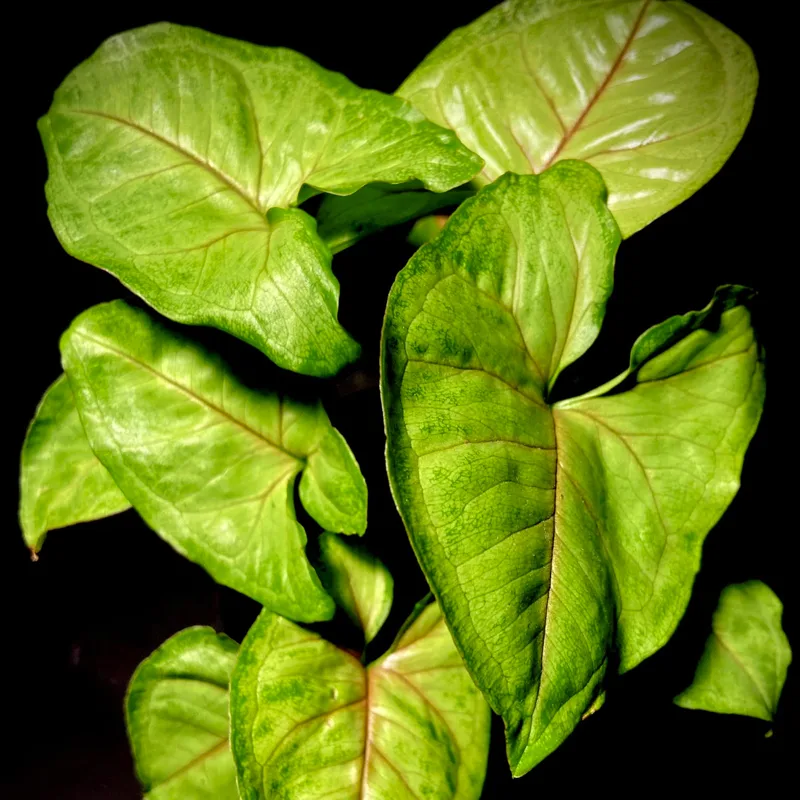
What is Arundo Donax?
Arundo Donax, commonly known as Giant Reed, is a tall perennial grass native to the Mediterranean and Middle East. It grows in dense clumps, reaching heights of 6 to 10 meters. It’s known for its bamboo-like appearance, with thick, hollow stems and broad, elongated leaves. Due to its rapid growth and ability to thrive in various environments, Arundo Donax has spread to many parts of the world, including the United States.
5 Species in Genus Arundo
How to Identify Arundo Donax?
Identifying Arundo Donax is relatively straightforward due to its distinctive characteristics. It has a thick, hollow stem that resembles bamboo, though it’s not related to true bamboo. The leaves are long, green, and can grow up to two feet in length. In the summer, it produces feathery plumes that are purple to brown, making it quite noticeable in the landscape. The plant typically grows along water bodies, such as rivers, streams, and irrigation ditches.
Where Does Arundo Donax Grow?
Arundo Donax prefers wet environments, which is why it is commonly found along rivers, lakes, and wetlands. It can tolerate a wide range of conditions, from full sun to partial shade, and can even withstand drought once established. In the United States, it is most commonly found in the southwestern states, particularly in California and Texas, where it has become invasive.
Why is Arundo Donax (Giant Reed) a Problem?
Arundo Donax is considered a problematic invasive species in many regions because of its aggressive growth and ability to outcompete native vegetation. It forms dense stands that can alter natural waterways, reduce biodiversity, and increase fire risks. Its rapid spread can lead to significant ecological and economic impacts, as it displaces native plants and creates monocultures that are less hospitable to wildlife.
How to Get Rid of Arundo Donax?
Removing Arundo Donax can be challenging due to its robust root system. Mechanical removal methods, such as cutting and digging out the rhizomes, are often used but can be labor-intensive. Chemical control with herbicides is another option, though it requires careful application to avoid harming non-target plants. Combining mechanical and chemical methods is often the most effective strategy. The key is persistence, as it may take several attempts to completely eradicate the plant.
How Does Hollow Stem Injection Work on Arundo Donax?
Hollow stem injection is a targeted herbicide application method used to control Arundo Donax. This technique involves injecting herbicide directly into the hollow stems of the plant, minimizing the impact on surrounding vegetation. It is an effective method for large infestations, as it delivers the herbicide directly to the plant’s vascular system, ensuring that the chemicals are distributed throughout the plant, including the roots.
How to Grow Arundo Donax?
If you’re looking to grow Arundo Donax, it’s important to consider its invasive potential. It thrives in moist soil and full sun but can also tolerate partial shade and dry conditions once established. To grow Arundo Donax, plant the rhizomes in a well-drained area with plenty of space to accommodate its large size. Regular watering is essential during the establishment phase, but once the plant is mature, it is relatively drought-tolerant.
How to Propagate Arundo Donax?
Arundo Donax can be propagated through division or cuttings. The most common method is to divide the rhizomes in spring or early summer. Simply dig up a clump, separate the rhizomes, and replant them in a new location. Stem cuttings can also be used; place the cuttings in water until roots form, then plant them in soil. Given its invasive nature, be sure to manage the spread carefully to avoid unintended spread.
Is Arundo Donax Edible?
Arundo Donax is not considered edible for humans. While some parts of the plant, like the young shoots, might be edible, there is limited information on its safety and palatability. It’s generally grown for ornamental purposes or used in traditional crafts, such as making musical instruments and baskets, rather than for consumption.
Are Arundo Donax Endangered?
Arundo Donax is not endangered; in fact, it is quite the opposite. In many regions, it is an invasive species that poses a threat to native ecosystems. Its rapid growth and aggressive spread have made it a target for eradication efforts in various parts of the world.
How Much Has Been Spent in California to Remove Arundo Donax?
California has invested millions of dollars in efforts to remove Arundo Donax from its waterways and natural habitats. The plant’s aggressive spread has led to significant ecological damage, prompting large-scale removal projects. These efforts include mechanical removal, chemical treatments, and ongoing monitoring to prevent re-infestation. The exact amount varies over time, but it is estimated that tens of millions of dollars have been spent on these efforts.
Arundo Donax vs. Bamboo
While Arundo Donax and bamboo share a similar appearance, they are not closely related. Arundo Donax is a member of the Poaceae family, while true bamboo belongs to the Bambusoideae subfamily. Bamboo is typically less invasive and is often cultivated for ornamental use, construction, and as a food source (bamboo shoots). In contrast, Arundo Donax is known for its invasive nature and is less commonly used for practical applications.
Arundo Donax vs. Phragmites Australis
Arundo Donax and Phragmites Australis (common reed) are both large, invasive grasses that grow in wetland areas. While they can be easily confused due to their similar habitats and appearance, they have different growth habits and impacts on the environment. Phragmites tends to form denser stands and has a greater impact on wetland hydrology compared to Arundo Donax. Both species require careful management to prevent their spread and protect native ecosystems.
Where Can I Buy Arundo Donax?
Arundo Donax is typically sold by specialty nurseries and online plant retailers. However, due to its invasive nature, it’s important to check local regulations before purchasing or planting this species. In some areas, it may be illegal to cultivate or sell Arundo Donax due to its potential impact on local ecosystems.
Can Arundo Donax Be Grown Indoors?
Arundo Donax is not well-suited for indoor growth due to its large size and rapid growth rate. It prefers open, outdoor environments where it can spread and access plenty of sunlight. Growing it indoors would require a very large space and would not be practical for most indoor settings.
Benefits of Arundo Donax
Despite its invasive nature, Arundo Donax has some beneficial uses. It has been used in the production of biofuels, thanks to its high biomass yield. Additionally, its sturdy stems are utilized in making reeds for woodwind instruments, as well as in various crafts. It can also provide erosion control along riverbanks and can be used as a windbreak or privacy screen in landscaping.
Is Arundo Donax Toxic?
Arundo Donax is not known to be toxic to humans or animals. However, due to its invasive nature, it can pose indirect risks by disrupting habitats and reducing biodiversity. Its presence can lead to changes in water flow and availability, potentially impacting other plant and animal species.
In conclusion, Arundo Donax is a plant of many contrasts. While it offers some practical uses and aesthetic appeal, its invasive nature poses significant ecological challenges. Managing its spread and understanding its characteristics are crucial for those who encounter this formidable grass.
If i die, water my plants!



